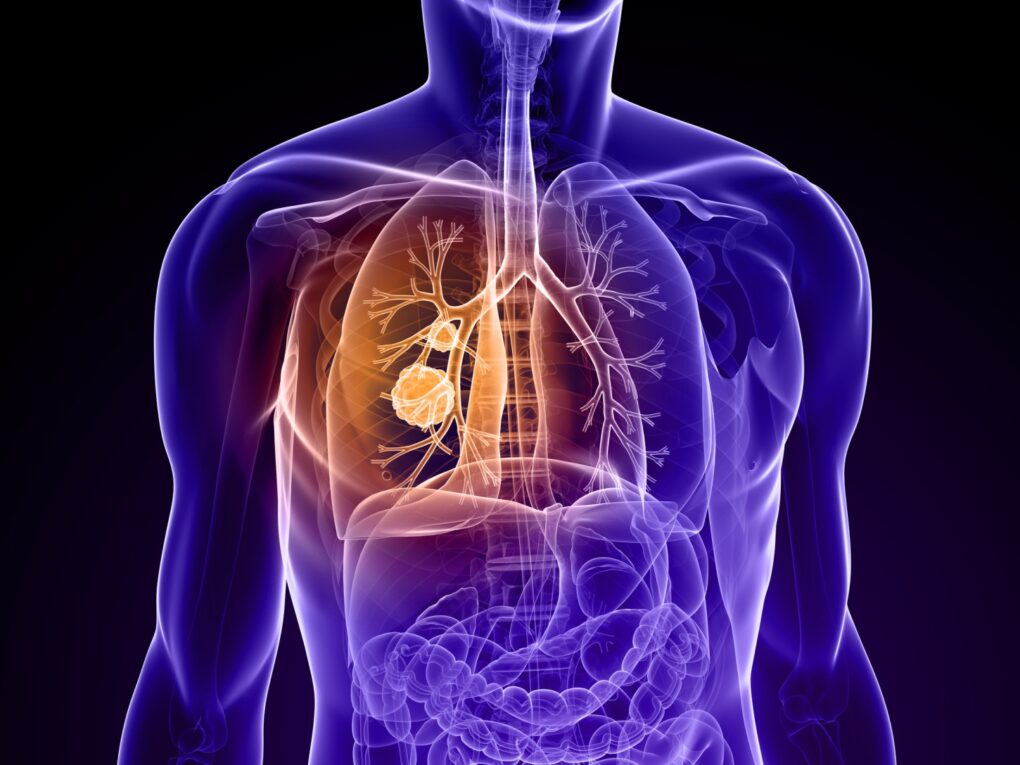Gaucher disease is a rare inherited disorder that affects certain cells in the body called macrophages. It causes these cells to accumulate a fatty substance called glucocerebroside because they are missing an enzyme called glucocerebrosidase (also called acid beta-glucosidase or GBA) that is needed to break it down normally. This accumulation of fatty substances can cause damage to organs such as the spleen, liver, lungs, brain, and bone marrow.
Types of Gaucher Disease
There are three main types of Gaucher disease:
– Type 1: This is the most common type and occurs when glucocerebroside accumulates in macrophages in organs and tissues outside the central nervous system. Type 1 does not affect brain function or development.
– Type 2: This is the acute neuronopathic form that affects the brain and central nervous system. Symptoms appear shortly after birth and lead to rapid neurological deterioration and early death in infants and children.
– Type 3: This is the subacute neuronopathic form that also affects the brain and central nervous system but progresses more slowly than Type 2. Symptoms usually appear during childhood, adolescence or adulthood.
Common Symptoms
Common symptoms of Gaucher disease can include fatigue, an enlarged liver and spleen (hepatosplenomegaly), low red blood cell count (anemia), easy bruising and bleeding problems due to low platelets, bone or joint pain, and repeated infections due to low white blood cell count. Additional symptoms depend on the type of Gaucher disease.
Current Treatment Options
The current treatment options available for Gaucher Disease Treatment are enzyme replacement therapy and substrate reduction therapy.
Enzyme Replacement Therapy
Enzyme replacement therapy directly replaces the missing or faulty enzyme (glucocerebrosidase) to break down accumulating glucocerebroside in cells. This is the most common treatment option for Types 1 and 3 Gaucher disease. The three FDA-approved enzyme replacement drugs are imiglucerase (Cerezyme), velaglucerase alfa (Vpriv), and taliglucerase alfa (Elelyso). These are administered through intravenous infusions every 2-4 weeks. Enzyme replacement therapy helps reduce organ and tissue enlargement, improve blood counts, reduce bone complications, and relieve symptoms.
Substrate Reduction Therapy
Substrate reduction therapy aims to reduce the amount of the fatty substance (glucocerebroside) that accumulates by partially blocking its production. The only FDA-approved substrate reduction therapy drug is eliglustat (Cerdelga), which is given orally once or twice daily. It helps control Gaucher disease symptoms by reducing the toxic buildup of glucocerebroside in cells. However, it cannot reverse organ or tissue damage that has already occurred.
Managing Complications
In addition to enzyme replacement therapy or substrate reduction therapy, treatment may involve managing specific complications of Gaucher disease like:
– Managing anemia with blood transfusions
– Treating easy bleeding and bruising with medication or procedures to raise platelet counts
– Managing bone problems like pain, fractures with medication, surgery or physical therapy
– Treating infectious complications with antibiotics
– Managing organomegaly and spleen or liver dysfunction through surgery if necessary
Research is ongoing to develop new promising treatment approaches for Gaucher disease like gene therapy, stem cell transplantation and other novel therapeutic agents. Gene therapy, in particular, holds potential to provide a long-term cure by introducing a functioning copy of the glucocerebrosidase gene to enable cells to break down glucocerebroside normally. Several clinical trials are underway evaluating different gene therapy techniques for Gaucher disease.
*Note:
1. Source: Coherent Market Insights, Public sources, Desk research
2. We have leveraged AI tools to mine information and compile it

